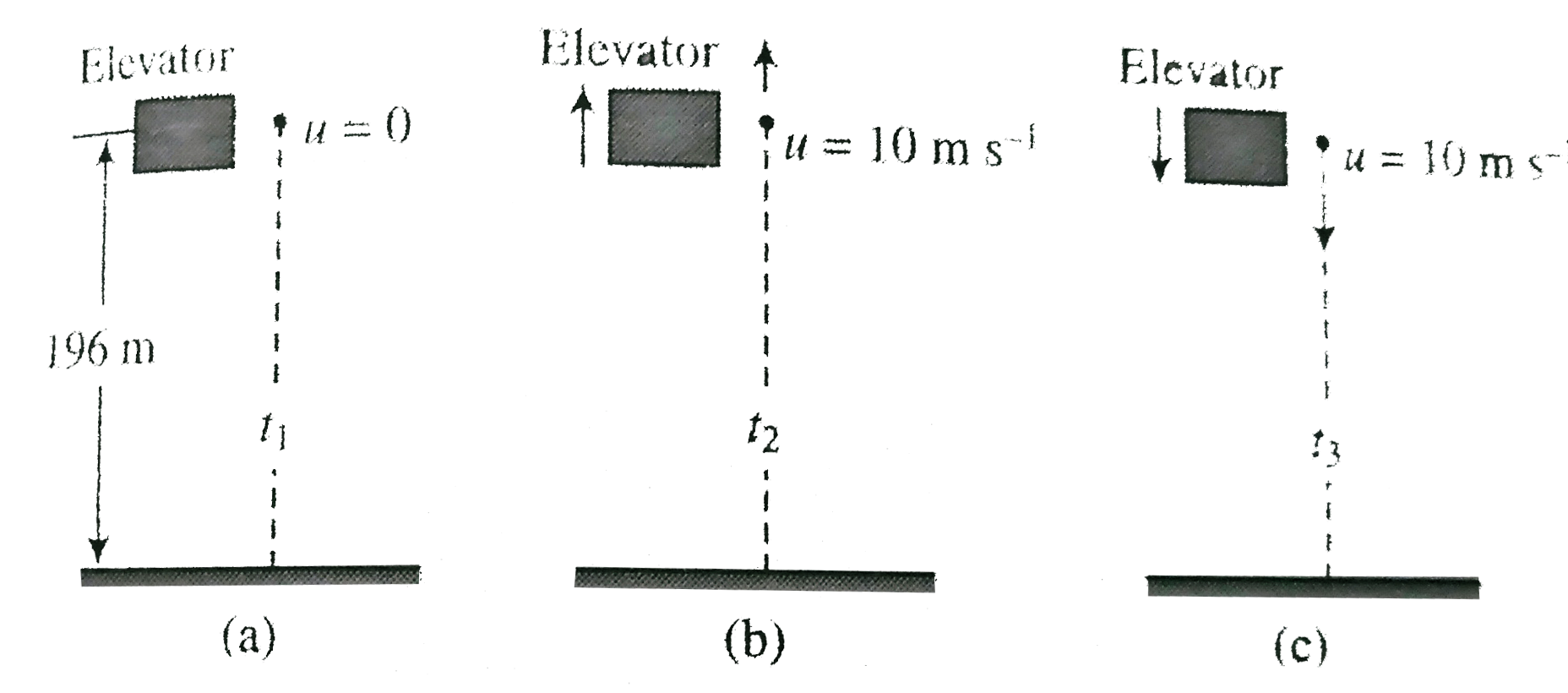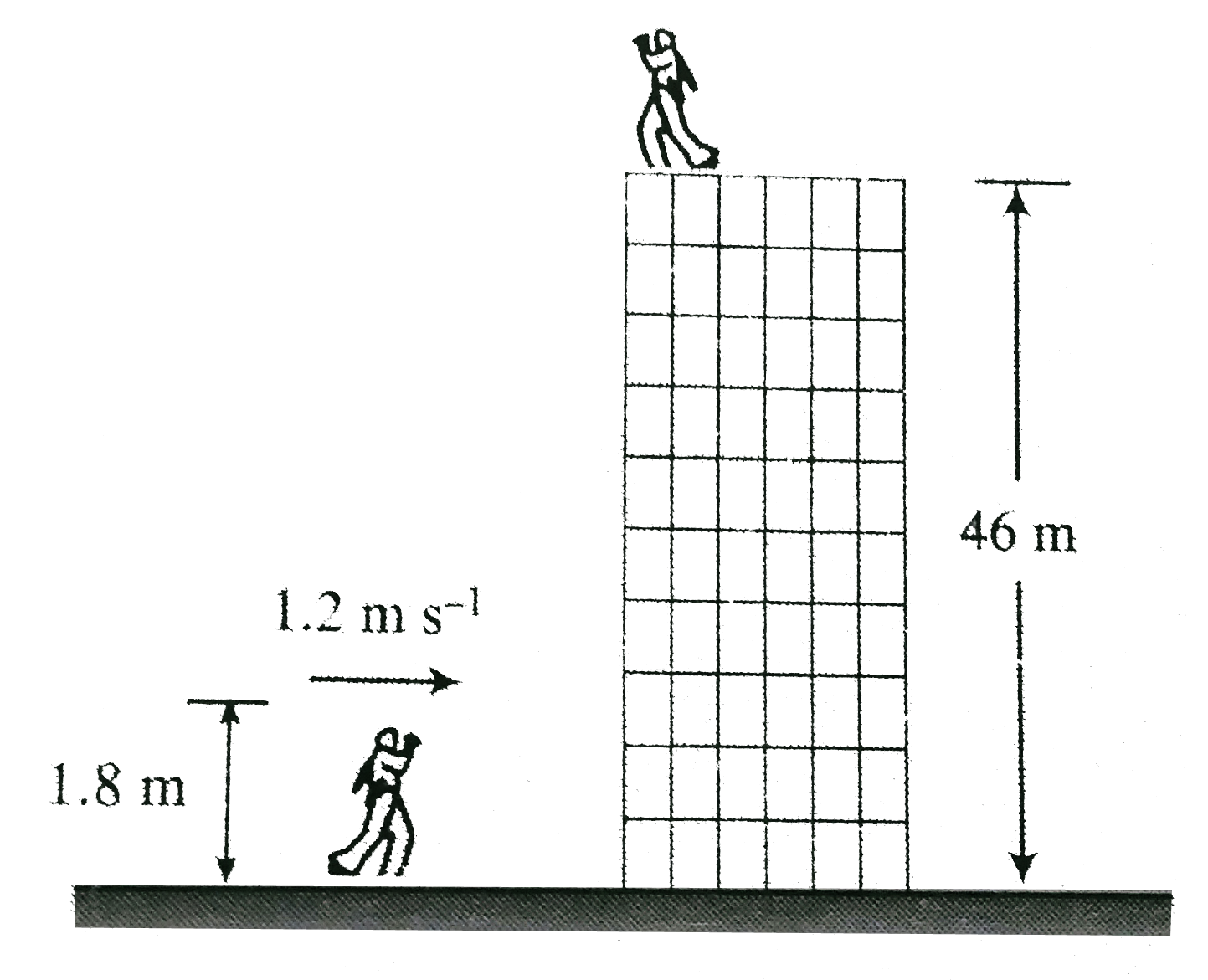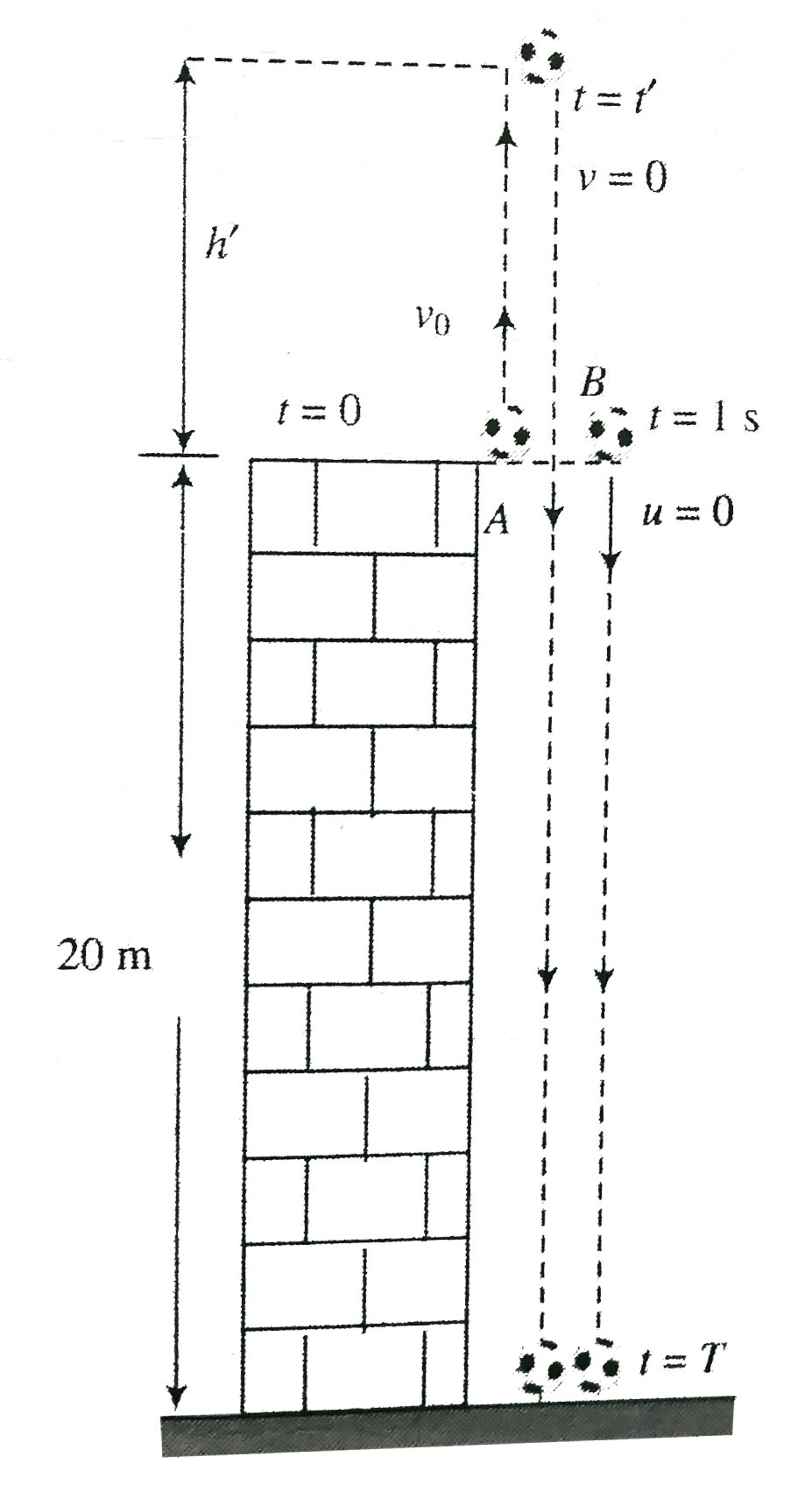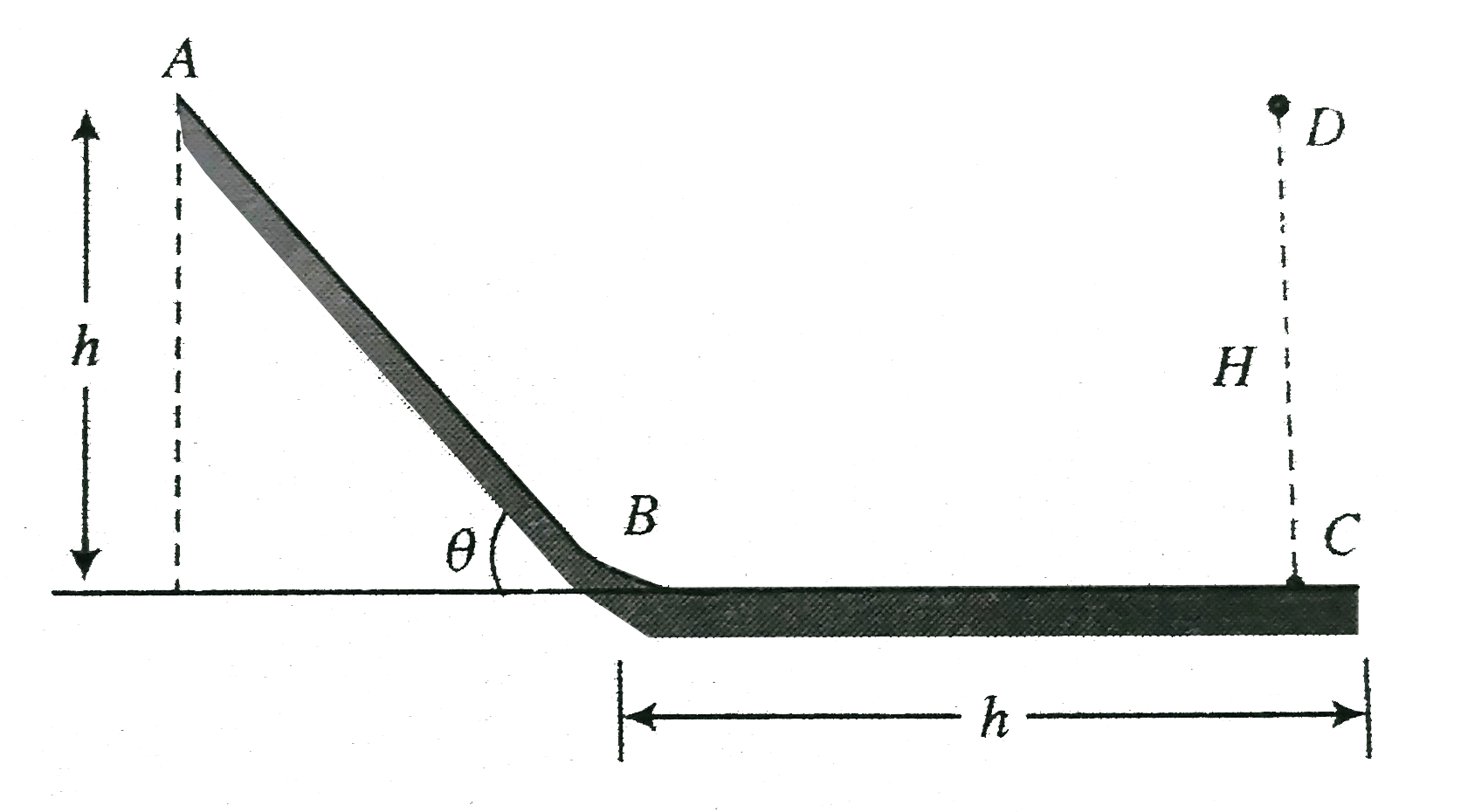Complete Solutions to Exercise 4.2 of chapter KINEMATICS-1 of Class 11 book with complete answers and questions
| Class 11 | PHYSICS |
| Chapter | KINEMATICS-1 |
| CENGAGE PHYSICS | Exercise 4.2 |
| Number Of Questions | 12 |
| Academic Year | 2023-24 |
a. Mark the follllowing statements as true offalse.
i. A ball thrown vertically up takes moretime to go up than to come down.
ii. If a ball starts fallig from the position of rest, then it travels a distance of `25 m` during the third secons of tis fall.
iii. A packet dropped from a rising balloon ferst moves upwards and then moves sownward as observed by a stationary observer on the ground.
iv. In the absence of air resistance, all bodies fall on the surface of earth at the same rate.
b. Fill in the blanks.
i. When a body is thrown vertically upwards, at the highest point.........................(both belocity and accelenation are zero//only velocity is zero//ony acceleration is zero). ii. If air drag is not neglected, then which is greater: time of ascent or time of descent?
iiii. A body is projected upward. Up to the maximum height time taken will be greater to travel...................... (first half//second half).11:42View SolutionA ball thrown up from the ground reaches a maximum height of `20 m` Find:
a. Its initial velocity.
b. The time taken to reach the highest point.
c. Its velocity just before hitting the ground.
d. Its displacement between `0.5 m` above the ground.04:23View SolutionA body is projected from the bottom of a smooth inclined place with a velocity of `20 ms^(-1)`, If it is just sufficient to carry it to the top in `4 s`, find the inclination and height of the plane.
02:04View SolutionA ball is dropped from an elevator at an altitude of `200 m` (Fig.4. 39). How much time will the ball take to reach the ground if the elevatior is
 .
.
a. Stationary?
b. Ascending with velocity `10 m s^(-1)`
c. Descending with velocity `10 m s^(-1)?03:21View SolutionA particle is projected vertically upwards. Prove that it will be at three-fourth of its greatest height at times which are in the ratio `1: 3`.
05:45View SolutionA balloon rises from rest on the ground with constant acceleration `g`/`8.` A stone is dropped from the balloon when the balloon has risen to a height of (H). Find the time taken by the stone to reach the ground.
03:59View SolutionA parachutist after bailing out falls 50m without friction. When parachute opens, it decelerates at `2m//s^2`. He reaches the ground with a speed of `3m//s`. At what height, did the bail out?
02:38View SolutionA ball is dropped from the top of a tower of herght (h). It covers a destance of `h`//`2` in the last second of its motion. How long does the ball remain in air?
03:30View SolutionWhen a ball is thrown up, it reaches a maximum height (h) travelling (5 m) in the last second. Find the velocity with which the ball should be thrown up.
03:10View SolutionYou are on the roof of the physics building, `46.0 m` above the ground . Your physics professor, who is `1.80 m` tall, is walking alongside the building at a constant speed of `1.20 m s^(-1)`. If you wish to drop a flower on your professor`s head, where should the professor be when you release the flower? Assume that the flower is in free fall.
 .03:07View Solution
.03:07View SolutionA ball (A) is thrown straight up from the edge of the roof of a building. Another ball (B) is dropped from the roof `1.00 s` later. You may ignore air resistance . (a) If the height of the building is `20.0 m`, what must the initial speed of ball A be if both are to hit the ground at the same time? (b) On the same graph sketch the position and velocity of each balls a function of time, measured from when the first ball is thrown and taken origin at ground.
 .02:32View Solution
.02:32View SolutionTwo particles are simultaneously released from points `A and D` as shown is Fig.4.41. How shold the value of (H) be adjusted inorder that the two particles collide?
Neglect sissipative forces.
 .17:35View Solution
.17:35View Solution
Exercise 4.2 questions and complete solutions for chapter KINEMATICS-1 of CENGAGE PHYSICS (ENGLISH) of Class 11
